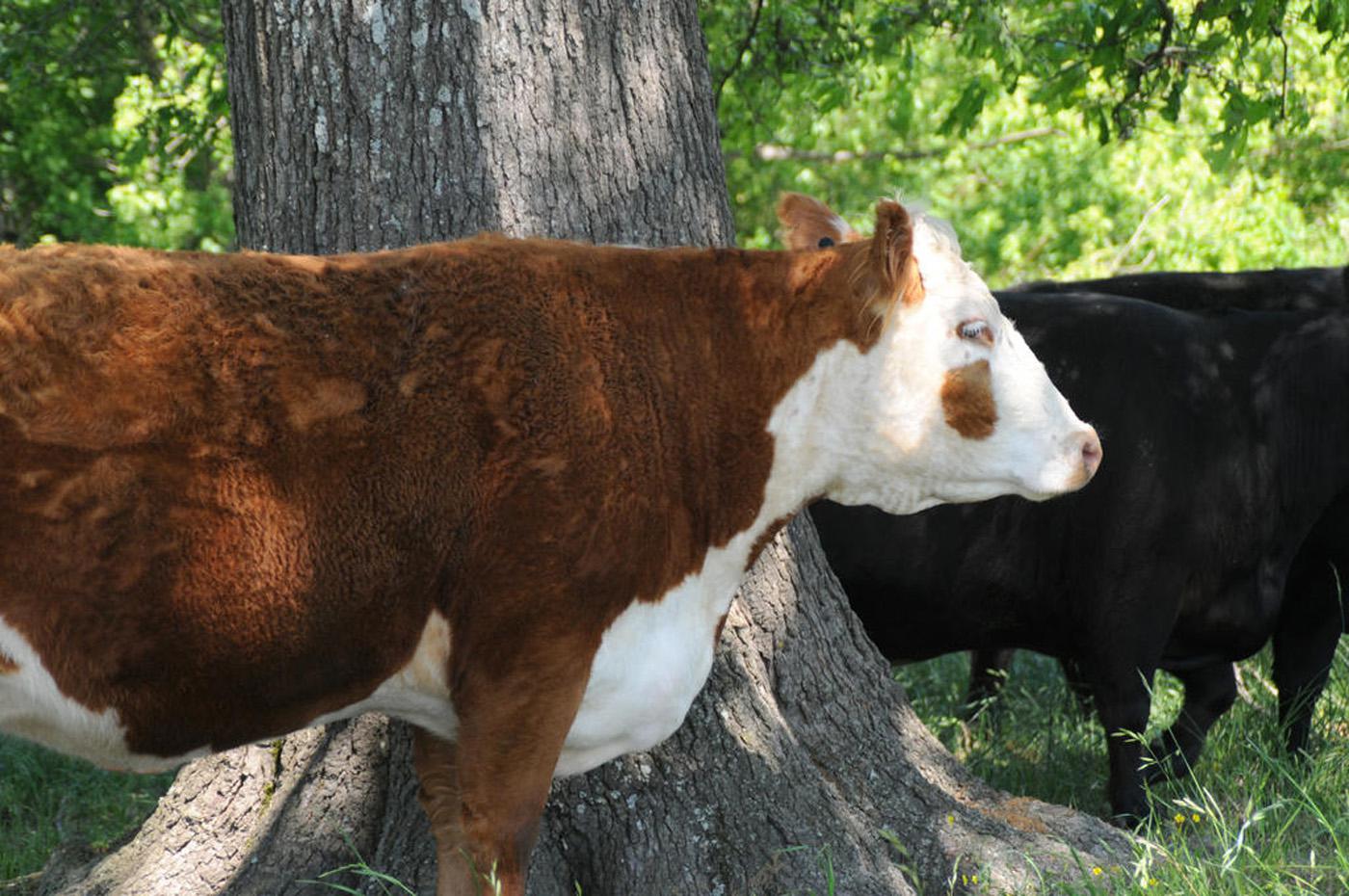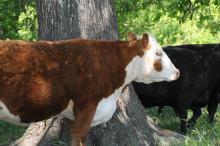Information Possibly Outdated
The information presented on this page was originally released on July 29, 2010. It may not be outdated, but please search our site for more current information. If you plan to quote or reference this information in a publication, please check with the Extension specialist or author before proceeding.
Locavore movement reconnects consumers, farmer
By Alicia Barnes
For MSU’s Ag Communications
MISSISSIPPI STATE – Until a few weeks ago, Jason Edmonds had not eaten beef in nearly three years.
Citing concerns over animal welfare, his personal impact on the planet, and added hormones and antibiotics, Edmonds adopted a vegetarian lifestyle for years, until finding access to local farmers who share his concerns.
Now the Starkville resident is a locavore, choosing to eat vegetables and meat produced locally. Locavores are part of a growing movement of consumers who purchase food from local food producers and have a knowledge of and a voice in the production process.
This movement provides small farms a way to market goods directly to consumers who are willing to pay higher prices if they know exactly what they are buying.
“Information is worth money,” said Jane Parish, Mississippi State University Extension Service’s beef cattle specialist. “People are willing to pay for it.”
These direct-selling relationships can prove profitable for farmers, according to MSUExtension’s Direct Marketing Beef publication.
“Selling beef directly to consumers enables beef cattle producers to set prices that cover costs and provide profits if there are enough buyers at these price levels. Many consumers are willing to pay premiums for freezer beef from cattle producers who develop relationships with them and share information about cattle management practices,” the publication explains.
Farmers can be freed from the often fluctuating fed-cattle markets by maintaining a waiting list of customers for animals. Farmers can thus limit their stock to their local demand.
“Many cattle producers are interested in direct marketing. It’s value-added,” Parish said “Consumers can feel good that it’s local beef.”
Many producers already keep some of their own stock for personal use, and expanding this option to the public adds value to existing practices. Consumers can also work directly with farms to achieve specialty beef, such as organic, grass-fed, or hormone- and antibiotic-free, if they pay a deposit for the animal.
Buying a side of beef, however, differs from purchasing a packaged meat from a grocery store. While consumers may be lured in by better-quality beef at wholesale prices, they must consider the amount of beef in a steer.
“When they harvest the animal, it is the whole animal,” Parish said. “It’s really important people understand how much meat they’re getting.”
A side of beef contains about 263 pounds of useable beef. A whole carcass includes a range of high- and low-priced cuts. As a rule of thumb, one cubic foot of freezer space stores about 35 to 40 pounds of cut and wrapped meat. Oddly shaped meat takes up more space.
Edmonds is sharing his side of beef with five friends, as he lacks the space to store a side on his own. The friends reserved a side for $2.45 per pound from Cackleberry Farms in Prairie, Miss.
To prepare for the beef, they spoke to older family members who had at some point bought large quantities of beef. On the Internet, they learned about aging the beef to change its flavor, uncommon cuts, and high quality cuts that were ordinarily too expensive for them to buy.
This additional work on the consumer end is worthwhile to Edmonds, who looks forward to supporting a local business.
“Working with a local producer lets you actually put a face and a story with the food you are putting into your body,” he said. “I think we Americans have lost that connection to our food as something vital, vibrant and sustaining in our lives. When we don’t interact with those who grow our food, we lose that connection to food as history, culture and enjoyment. Food becomes more a product to be consumed than an experience.”
But Edmonds enjoys knowing more than just the production practices of farms; he also enjoys knowing who receives his money. He likes knowing that it is staying in the local economy.
He explained that smaller-scale, local farms help reduce the amount of energy required to ship food from the farm to the table, which is a major source of carbon emissions. Because he can buy it locally, he has added not only beef back to his diet but also locally produced poultry.
People interested in buying a side of beef or other local products should visit the local county Extension office or contact the Mississippi Cattlemen’s Association. In addition, the Mississippi MarketMaker website provides an interactive mapping system for locating businesses and agricultural products in Mississippi at http://ms.marketmaker.uiuc.edu/. The Direct Marketing Beef publication is available at http://extension.msstate.edu/publications/publications/direct-marketing-beef.







